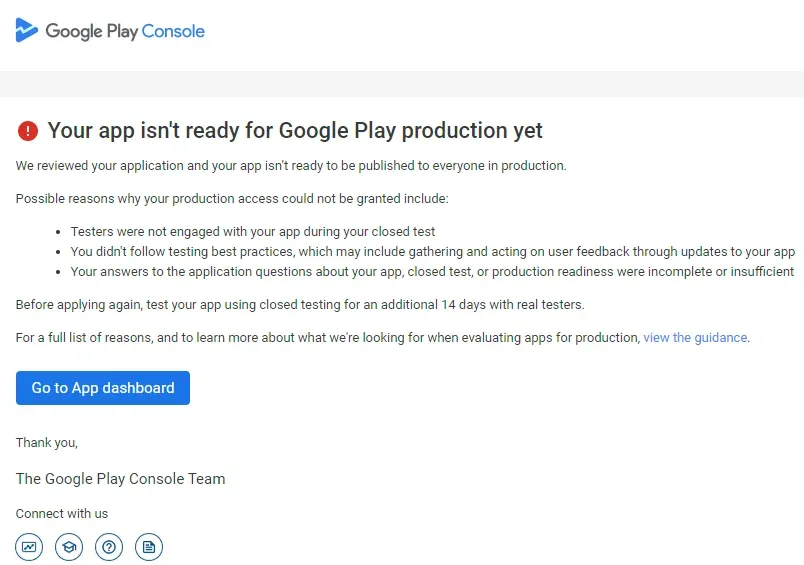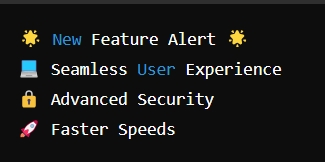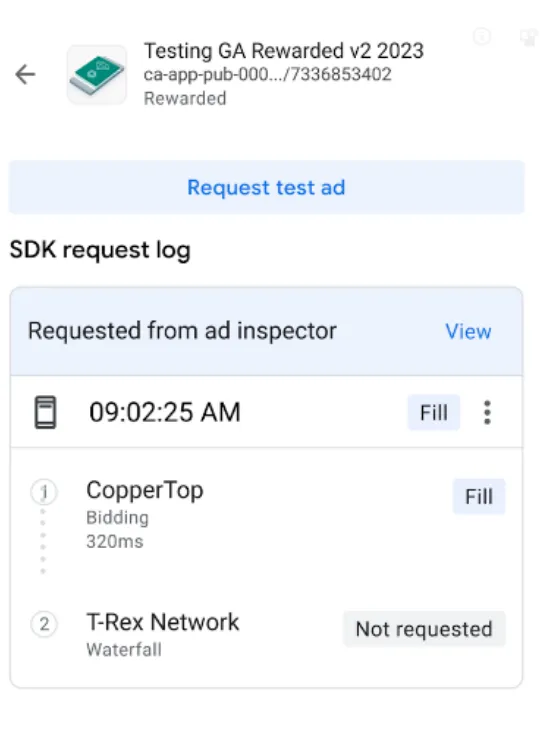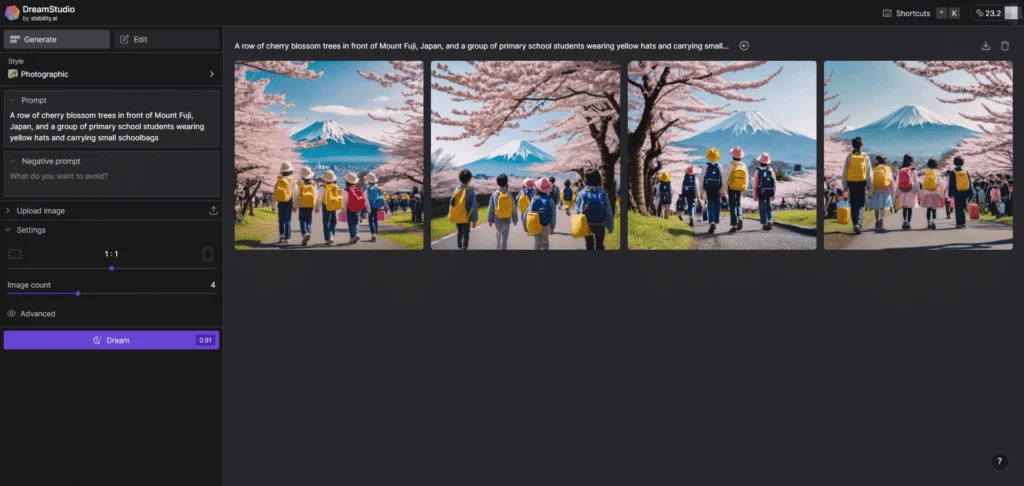For developers involved in IAA (In-App Advertising) in overseas markets, revenue growth is crucial. And advertising revenue is closely tied to ad display rates.
Based on personal experience and some publicly available information from AdMob, I’ve summarized the following methods to improve ad display rates. You can refer to these for operational optimization, and I believe your ad revenue can be further boosted!
The Importance of Display Rates
What is the Ad Display Rate?
The ad display rate refers to the ratio of the number of times an ad is shown to users within a set time period to the number of ad fill requests (Impressions/Fill requests).
In simple terms, this is because ad platforms only pay for successful ad displays! As an advertiser, you also want the ads you’ve paid for to be displayed to users.
According to Google’s analysis of popular apps, 55% of apps have a display rate below average.
Ad Display Count Logic
An ad is only counted as an impression when it starts loading on the user's screen.
Therefore, the conversion rate of matched requests into impressions tends to be low because not all ads will eventually be shown on the user’s screen.
Common Causes of Low Ad Display Rates
Ad Request Delays
The longer it takes to send an ad request, the higher the chance that the user will leave the ad placement before the ad appears.Poor application loading logic that prioritizes content loading over ad calls.
Code running synchronously causing delays, preventing ads from being called until other processes finish.
Bugs in Ad Rendering/Display Logic
Ad requests fail to convert into successful displays due to code errors or poor user interaction.Unexpected repeated ad requests triggered for the same ad unit.
Ad Expiration
Ads exceed their cache expiration time.The app is sent to the background for too long and is not refreshed when brought back to the foreground.
Unreasonable Ad Request Timing
Ad requests made too close to the time of display.For example, an ad request sent during a page transition, causing the ad not to display in time.
Ad Placement and Refresh Frequency
Ad refresh intervals not considering the ad’s visibility to users.
Code bugs that cause continuous refresh or ad requests.
Incorrect Ad Format Handling
Using the wrong ad unit IDs for different ad formats.
How to Improve Ad Display Rates
User Experience is Key
Improving the app’s UI design to minimize ad interruptions will increase user acceptance of ads, thereby improving display rates.Choose Ad Display Locations Wisely
Select ad placements strategically based on user habits and adjust them accordingly. Consider using multiple ad formats (banners, interstitials, video ads, etc.) to meet different user needs.Allow Sufficient Time for Ad Requests
Avoid situations where ads are not filled when they are needed by ensuring there is enough time for ad requests to be fulfilled.Optimize Ad Loading Logic
Prioritize ad requests to ensure they are handled quickly and efficiently.Adjust the Order of Ad Requests
Trigger ads at the right time to ensure they are displayed promptly.Check Code Logic
Identify and fix potential errors in the code that prevent ads from displaying, ensuring no unnecessary ad requests are triggered for the same placement.Check Ad Cache Expiry
Before displaying ads, check if the cached ad has expired or is no longer valid.Use Serial Requests for Ads
When requesting ads, try to use serial requests rather than simultaneous ones to improve display rates and ensure ad filling.Preload Video Ads
For ad placements with video content, implement a preloading mechanism. Ensure preloading happens close to the display time to avoid low display rates.Request One Ad at a Time
It’s recommended to pull one ad at a time instead of requesting multiple ads and only displaying one.Ensure Full Ad Display
Display the complete ad material, and be mindful of ad display time. Compression, cropping, or excessively small display areas may cause the ad to fail to meet display standards.Ensure Complete Ad Elements
Only ads with complete elements (like ad markers) count as correctly displayed ads.Splash Screen Ad Timeout
The timeout for splash screen ads should be set around 3.5 seconds. If it’s too short, the ad may not be displayed or will flash by too quickly.Improve Product Function Penetration Rate
Increase the penetration rate of the product’s functional pages with ads. If users are not guided enough to use a specific feature or page, preloaded ads for those pages will be wasted. This is also a common reason for low display rates.
Conclusion
Improving ad display rates is a crucial step in increasing app revenue and growth. By optimizing user experience, selecting the right ad placements and formats, and ensuring proper ad request timing, developers can significantly boost ad display rates, leading to higher revenue and larger user base. Furthermore, managing ad frequency, adjusting request timing, and ensuring fast ad loading are also key factors in improving display rates.
I hope this article helps you better understand and optimize your ad display rates.







